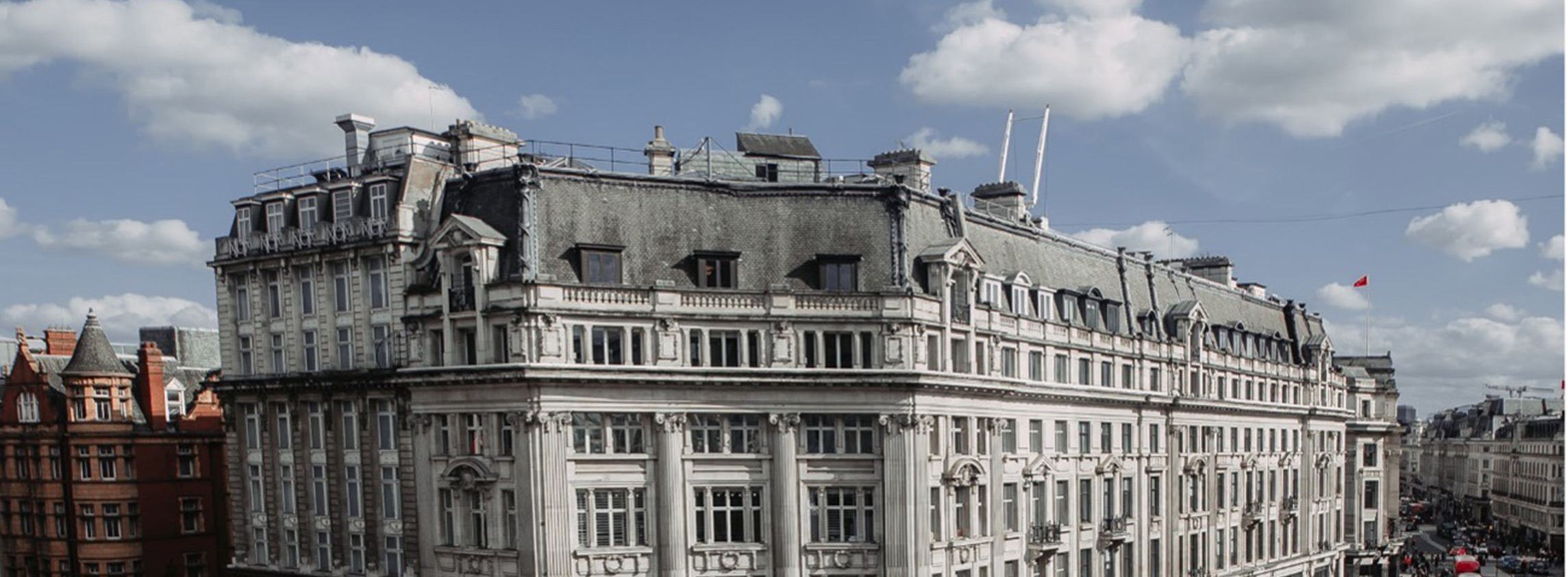London’s West End clearly now in recovery mode
London’s West End saw a good end to the year in terms of spend, pointing to some resilience in the face of the cost of living squeeze. December West End sales were just 9% below 2019 levels, according to New West End Company, which is particularly encouraging considering rail strikes during the ordinarily busy run-up to Christmas. This was reflected in trading figures from Shaftesbury, with tenants reporting average turnovers 6% above 2019 levels over the festive period, and up 42% year on year.
Strong trade in the West End, coupled with an improving economic outlook (or at least a better outlook than we had three months ago), is helping to bolster occupier sentiment. In addition, with average prime headline ZA rents in the West End still 16% below pre-Covid levels, combined with a good degree of availability, there is an increasing realisation amongst occupiers that now may be the optimum time to secure new space. This positivity is being further buoyed by the business rates revaluation that will come into effect in April, which will see rateable values across the key streets in the West End reduce by 23% on average.
This improving sentiment is starting to be reflected in leasing activity and vacancy rates. While the headline vacancy rate for Prime West End remained unchanged in Q4 at 11.3%, it is 284 basis points (bps) below its June 2021 peak. But, looking beyond the headline figure reveals some interesting trends.
Oxford Street vacancy increased marginally in Q4, albeit almost entirely due to the closure of temporary gift/candy stores following Westminster City Council’s recent campaign to reduce their presence on the street. However, with almost a third of vacant units on the street under offer we expect to see vacancy on Oxford Street resume its downward trajectory later in the year.
Interestingly, demand for larger units on Oxford Street, a section of the market which has been typically harder to lease in recent years, appears to be improving, with multiple larger units (25,000+ sq ft) currently under offer. There were also differences between East and West Oxford Street in Q4, with the eastern side of the street reporting a 500 bps contraction in vacancy on Q3 levels, helped in part by improving footfall on this part of the street following the opening of the Elizabeth Line. With the Elizabeth Line now stopping at Bond Street, we expect to see a similar uplift in footfall on this end of the street, helping to fuel renewed occupier confidence and, in turn reduce, vacancy on the western part of the street over the coming months.
Falling vacancy is starting to create some competitive tension in some parts of the West End, generating upward pressure on prime headline Zone A rents. Our All Central London prime ZA rental index reported a 3.7% year-on-year change in Q4 2022, the first positive annual change since Q2 2018 and the strongest annual growth since Q4 2016. This uplift has been driven by the prime West End segment, with ZA rents up 5.7% year-on-year. This performance has been led by Bond Street, where prime headline rents returned to £2,000 per sq ft following a temporary dip to £1,750 per sq ft in 2021, supported by the street having one of the lowest vacancy rates (7.1%) in the West End.
Looking ahead, we expect further downward pressure on vacancy across the West End and some parts of the City, particularly in those areas close to Elizabeth Line stations. For some areas, this is likely to help generate upward pressure on rents, although unit specifics will be a major factor. Naturally, we will be watching the macroeconomic backdrop and its readthrough to consumer sentiment, and in turn occupier sentiment, closely over the coming months. But, with international arrivals to return to pre-Covid levels this year and the hit to domestic spend, particularly in the premium end of the market, to be shallower and less pronounced than previously expected, the recovery seen to date is likely to continue.
Central London retail investment overview Q4 2022
Central London retail investment volumes in 2022 stood 74.6% below the ten-year average, reaching £522.75 million across 16 deals, representing the lowest volumes since our records began in 2005. Investment volumes continue to be restricted by a lack of retail stock coming to the market across the capital.
Demand for Bond Street units, when available, remains robust, with the prime street accountable for a 59.3% share of total Central London retail investment volumes in 2022 and reinforced by its comparatively strong occupational performance. This has been further evidenced by the sale of Fenwick to Lazari Investments in Q4 2022, due to complete in Q1 2023, at £430 million. The deal presents a potential future repurposing opportunity.
Prime yields on Oxford and Regent Street moved out by 25 bps in Q4, and are now 50 bps higher than six months ago. This indicative fall in values means very few owners are keen to sell assets at a relative discount in the immediate term. However, refinancing events, combined with higher debt costs, suggests that those owners exposed on the debt side could be compelled to bring assets to the market, which could generate a few more deals across Central London through 2023.
Further reading:
Spotlight: Shopping Centre High Street Q3 2022
The latest edition of Re:Imagining Retail is out now – read issue 2 here
